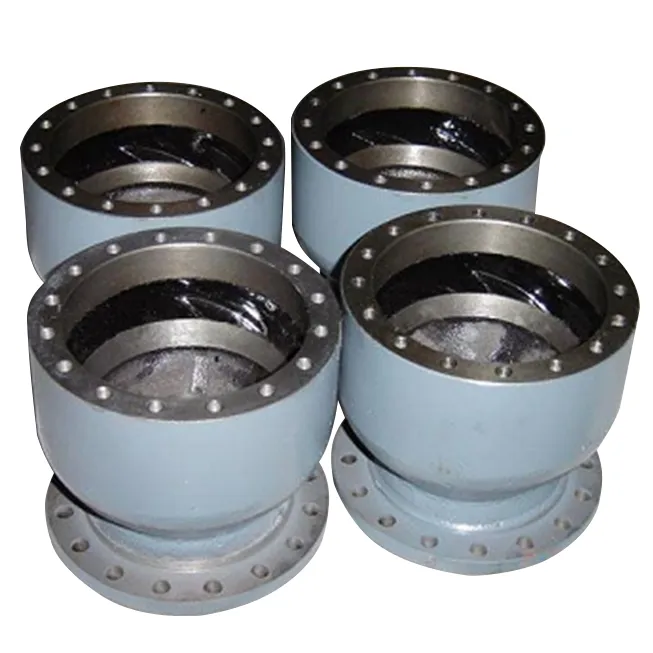Mobile:+86-311-808-126-83
Email:info@ydcastings.com
Impeller Casting Process - Precision Manufacturing of Impellers
The Impeller Casting Process An Overview
The impeller casting process is a crucial manufacturing technique widely used in various industries, particularly in the production of pumps, turbines, and compressors. This process is essential for creating components that require precision and durability. Understanding the intricacies of the impeller casting process can provide insights into its advantages, challenges, and applications.
At its core, the impeller casting process involves pouring molten metal into a mold to create the desired shape of the impeller. The process typically begins with the design of the impeller, often utilizing computer-aided design (CAD) software to ensure precise specifications. The design phase not only focuses on the functional aspects but also considers the material properties required for optimal performance under specific operating conditions.
Once the design is finalized, a mold is created, usually from sand or metal. Sand casting is a favored technique due to its flexibility and cost-effectiveness for producing intricate shapes. It involves creating a pattern of the impeller, which is then surrounded by sand to form a mold cavity. For more complex designs, metal molds can also be utilized, which offer higher precision and durability for repeated use.
The next step involves melting the appropriate metal alloy, commonly aluminum, stainless steel, or titanium, depending on the application's requirements. The molten metal is poured into the mold, where it fills the cavity and takes the shape of the impeller. Cooling is a critical phase, as it determines the mechanical properties and surface finish of the final product. Controlled cooling techniques are employed to minimize internal stresses and prevent defects such as warping or cracking.
impeller casting process

After the metal has solidified, the mold is removed to reveal the cast impeller. This component typically requires additional processing, including machining, grinding, and polishing, to achieve the desired tolerances and surface finish. These secondary operations are vital for ensuring the impeller operates efficiently and meets the stringent standards of industries such as aerospace, automotive, and chemical processing.
One of the prominent advantages of the impeller casting process is its ability to produce complex geometries that would be challenging to achieve through traditional machining methods. Furthermore, casting allows for the creation of lightweight components without compromising strength, a critical factor in applications where efficiency and performance are paramount.
However, the impeller casting process is not without its challenges. Quality control is vital, as flaws in casting can lead to significant operational failures. Techniques such as non-destructive testing (NDT) are often employed to identify internal defects before the impeller is put into service. Additionally, variations in the casting process can influence the mechanical properties of the final product, necessitating careful monitoring and adjustment.
In conclusion, the impeller casting process is a sophisticated and essential technique in manufacturing high-performance components. Its ability to produce complex shapes with high precision makes it indispensable across multiple industries. Despite its challenges, ongoing advancements in casting technologies and quality control methods continue to enhance its efficiency and reliability, ensuring that the impeller casting process remains at the forefront of modern manufacturing practices.
-
Why Should You Invest in Superior Pump Castings for Your Equipment?NewsJun.09,2025
-
Unlock Performance Potential with Stainless Impellers and Aluminum End CapsNewsJun.09,2025
-
Revolutionize Your Machinery with Superior Cast Iron and Aluminum ComponentsNewsJun.09,2025
-
Revolutionize Fluid Dynamics with Premium Pump ComponentsNewsJun.09,2025
-
Optimizing Industrial Systems with Essential Valve ComponentsNewsJun.09,2025
-
Elevate Grid Efficiency with High-Precision Power CastingsNewsJun.09,2025











